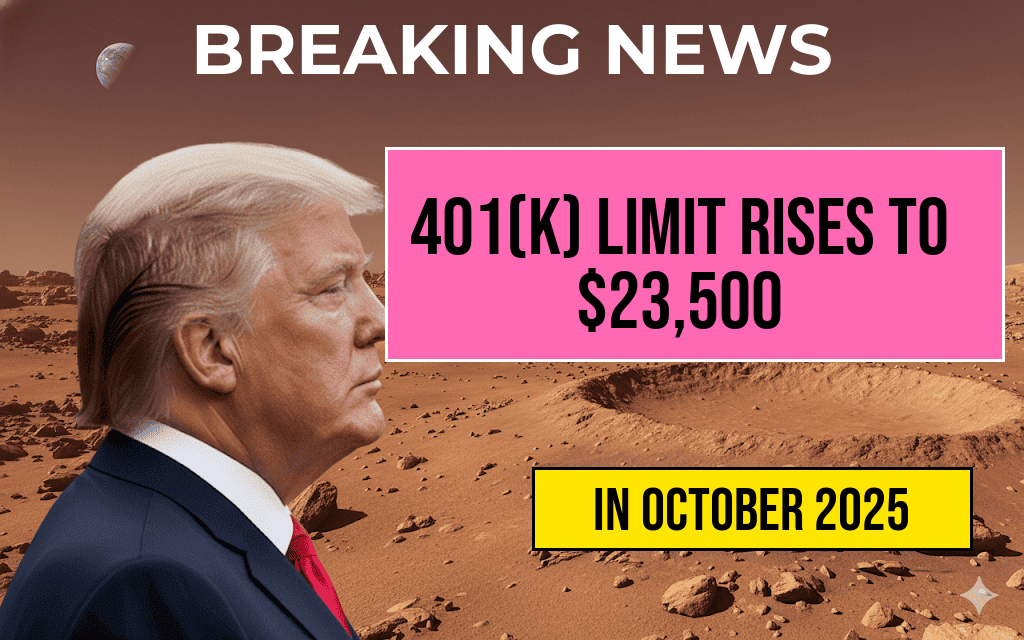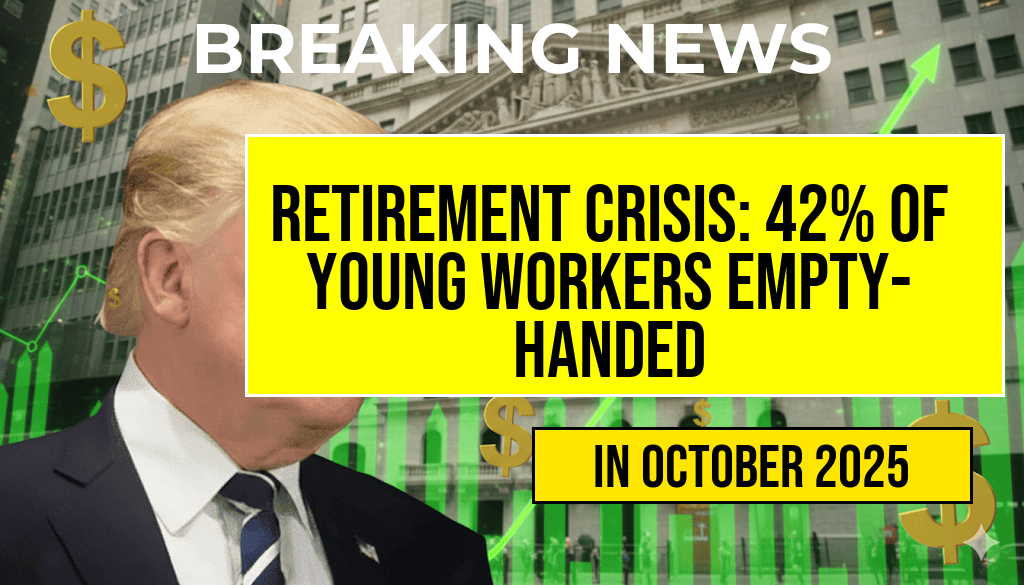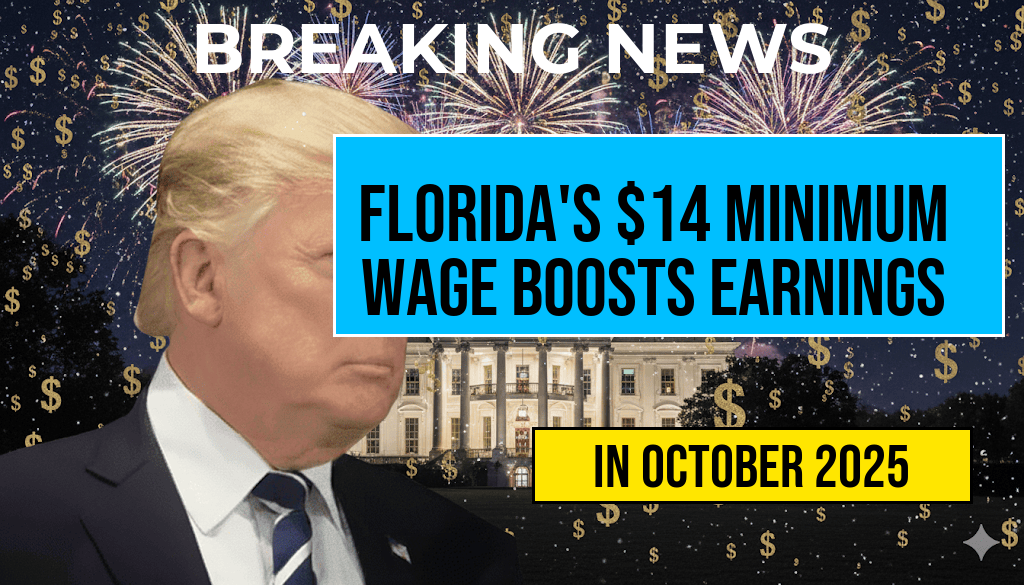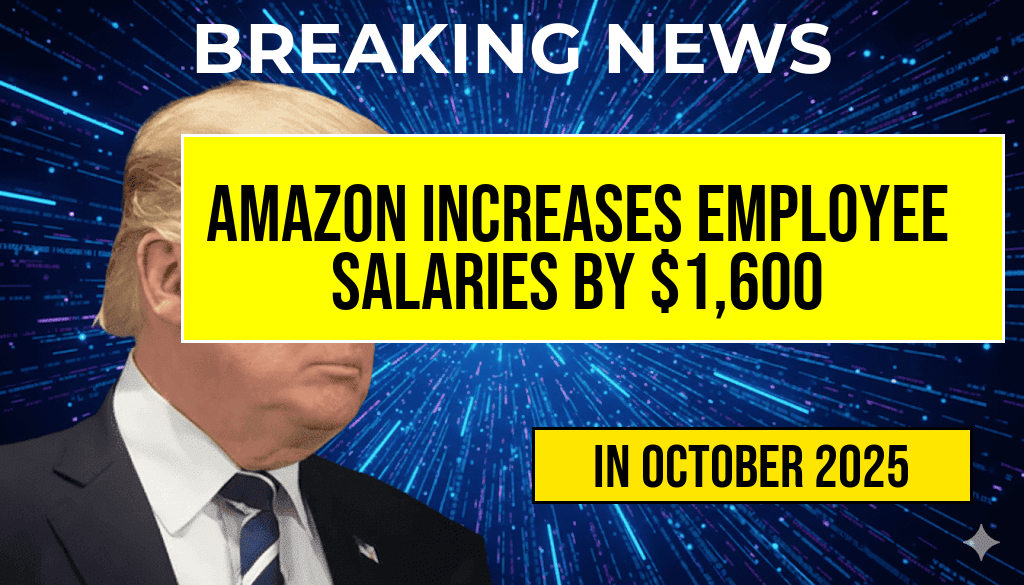The Internal Revenue Service (IRS) has announced significant adjustments to the annual contribution limits for 2025, with the 401(k) contribution limit soaring to a record-breaking $23,500. This marks a substantial increase from the previous year’s cap of $22,500, reflecting ongoing efforts to keep retirement savings plans aligned with inflation and rising living costs. Additionally, the catch-up contribution limit for individuals aged 50 and older will rise to $7,500, allowing older workers to bolster their retirement savings more effectively. These updates are part of broader statutory adjustments annually set by the IRS, impacting millions of American workers and their retirement planning strategies for the upcoming year. Financial advisors and employers are advising clients to review their contributions to maximize these new limits and optimize retirement preparations amid changing economic conditions.
Details of 2025 401(k) Contribution Limits
Maximum Employee Contributions
| Limit Type | 2024 Limit | 2025 Limit | Change |
|---|---|---|---|
| Employee contributions | $22,500 | $23,500 | +$1,000 |
| Catch-up contributions (ages 50+) | $7,500 | $7,500 | No change |
As a result, workers aged 50 and older can contribute up to $31,000 in total to their 401(k) accounts in 2025, combining regular contributions and catch-up amounts. The increased contribution ceiling aims to assist workers in accelerating their retirement savings, especially as pension plans and Social Security benefits face ongoing uncertainties.
Implications for Retirement Planning
Enhanced Savings Opportunities
The rise in contribution limits provides a valuable opportunity for employees to increase their retirement nest egg. Financial experts highlight that leveraging these higher caps can be particularly advantageous for those who started saving later or experienced income growth over time. The increased limit also aligns with inflation trends, ensuring that the maximum allowable contributions maintain their real value and purchasing power.
Employer Match and Strategic Contributions
Employers offering matching contributions should review their schemes to accommodate the new limits. Many companies match a percentage of employee contributions, and higher employee contributions can lead to increased employer matching, further boosting retirement assets. Experts recommend that employees analyze their current contribution levels and consider incremental increases to fully capitalize on the new caps.
Broader Context and Regulatory Background
Legislative and Regulatory Framework
The contribution limits are adjusted annually based on changes in the Consumer Price Index (CPI). The IRS’s adjustments for 2025 reflect a 4.4% increase from the previous year, a common trend aimed at maintaining the real value of retirement savings thresholds. The last major legislative update to contribution limits occurred with the passage of the Setting Every Community Up for Retirement Enhancement (SECURE) Act, which expanded retirement plan options and increased limits to encourage broader participation among workers.
Impact on Retirement Savings Landscape
The increase signals a continued emphasis by policymakers on strengthening retirement security. As the cost of living rises and traditional pension plans become less prevalent, individual retirement accounts like 401(k)s have become critical components of long-term financial planning. The higher contribution limits offer a pathway for workers to bridge income gaps and prepare more effectively for retirement.
Additional Retirement Saving Options and Considerations
- Individual Retirement Accounts (IRAs): The IRA contribution limits for 2025 remain unchanged at $6,500, with a $1,000 catch-up contribution for those aged 50 and older.
- Other Employer-Sponsored Plans: Limits for 403(b) and Thrift Savings Plans are also adjusted, with maximum contributions increasing in tandem with 401(k) limits.
- Roth vs. Traditional Contributions: Savers should evaluate the tax implications of their contributions, considering whether to opt for Roth (after-tax) or traditional (pre-tax) plans based on their income and retirement goals.
Financial advisors suggest reviewing retirement strategies periodically to adapt to legislative changes and personal circumstances. Resources such as the IRS website (IRS Contribution Limits) and reputable financial planning outlets provide valuable guidance for optimizing savings strategies.
Frequently Asked Questions
What is the new 2025 401(k) contribution limit?
The 2025 401(k) contribution limit has increased to Twenty-Three Thousand Five Hundred Dollars ($23,500).
Who is affected by the increased 401(k) contribution limit?
Employees participating in 401(k) plans and those planning their retirement contributions are affected by this change, allowing for higher annual contributions in 2025.
When does the new 2025 401(k) contribution limit take effect?
The increased limit applies to the 2025 calendar year, starting from January 1, 2025, and ending December 31, 2025.
Are there any catch-up contributions allowed for individuals over age 50?
Yes, individuals over age 50 can make additional catch-up contributions beyond the standard limit. For 2025, the catch-up contribution limit remains at $7,500.
How does the new limit compare to the previous year?
The 2025 contribution limit of $23,500 represents an increase from the $22,500 limit set for 2024, allowing for greater retirement savings potential.





